Ten years of Twitter: standout moments from 2006-2016
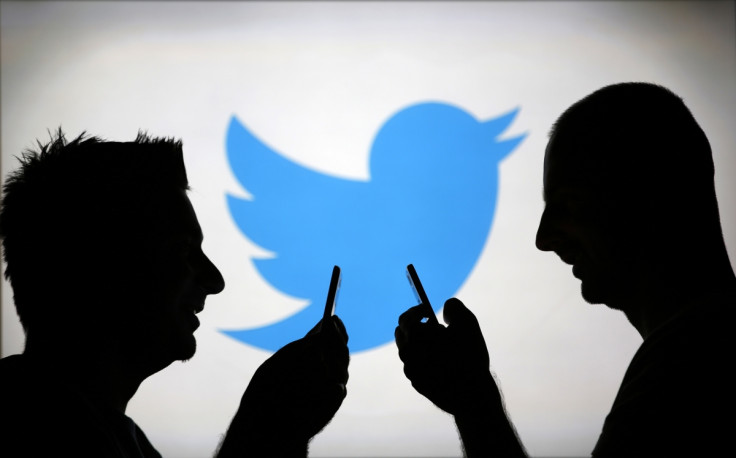
When Jack Dorsey sent the first Tweet on 21 March 2006, he had no idea that his creation was set to become one of the most important and most popular social media networks in the world. Initially intended to be a microblogging platform for Dorsey and his colleagues, today Twitter boasts an active user base of more than 332 million, with approximately 6,000 tweets now being sent every second.
Since its conception, Twitter has changed the way in which we consume media and has become increasingly influential over the news agenda itself: more than being just a distribution platform, today Twitter plays a crucial role in how news is gathered and reported from the start. As the website celebrates its 10th birthday, we take a look back at some of the defining moments in Twitter's history.
2006 - Jack Dorsey sends first tweet
Twitter was never intended to be a global phenomenon. The idea for the service came about when then-undergraduate Jack Dorsey was trying to come up with a messaging service for colleagues at podcasting company Odeo. Dorsey himself sent the first ever tweet on 21 March 2006, which simply read: "just setting up my twttr".
just setting up my twttr
— Jack (@jack) 21 March 2006
2007 - First use of the hashtag
Hashtags didn't become a "thing" on Twitter until a year later in 2007. Their use was initially proposed by former Google designer Chris Messina as a way of creating groups. Ironically, Twitter rejected the idea, saying hashtags were "for nerds".
how do you feel about using # (pound) for groups. As in #barcamp [msg]?
— Chris Messina ✌︎ (@chrismessina) 23 August 2007
2008 – Nasa finds ice on Mars
Nasa's Phoenix lander blasted off for Mars in August 2007 to find out whether the Red Planet was suitable for sustaining microbial life. On 19 June 2008, less than a month after Phoenix touched down on Mars' baron landscape, Nasa hit the jackpot after discovering frozen water ice on the planet's surface. Nasa used Twitter to announce one of the biggest scientific discoveries of the 21st century to the world.
Are you ready to celebrate? Well, get ready: We have ICE!!!!! Yes, ICE, *WATER ICE* on Mars! w00t!!! Best day ever!!
— MarsPhoenix (@MarsPhoenix) 20 June 2008
2009 - Hudson River plane landing
US Airways Flight 1549 crash-landed into the Hudson River on 15 January 2009 after striking a flock of geese on take-off, causing both engines to fail. Miraculously, pilot Chelsey Sullenberger was able to land the Airbus A320 on the water without any of the 155 passengers and crew suffering serious injury.
Janis Krums Tweeted a now-iconic picture of Sullenberger and his crew evacuating people from the plane, which he took from one of the ferries that were scrambled to rescue passengers.
http://twitpic.com/135xa - There's a plane in the Hudson. I'm on the ferry going to pick up the people. Crazy.
— Janis Krums (@jkrums) January 15, 2009
2010 - World Cup
The final of the 2010 World Cup represented the largest period of sustained activity for an event in Twitter's history as people around the world used the social media website to share their experiences. Throughout the match between Spain and the Netherlands, people from 172 countries tweeted in 27 different languages, while in the final 15 minutes, around 2,000 tweets were sent every second.
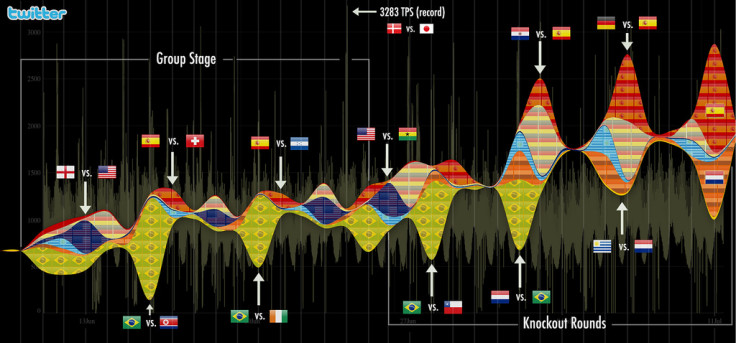
2011 - Japanese earthquake and tsunami
The earthquake and subsequent tsunami that hit northeast Japan on 11 March 2011 in many ways brought social media into the mainstream by demonstrating its usefulness in times of crisis. After the disaster wiped out critical communication lines in the country, Twitter provided a lifeline by allowing those affected to stay in touch with loved ones and find out where they could find shelter. It also helped Japanese authorities track the disaster and get emergency aid to those in need.
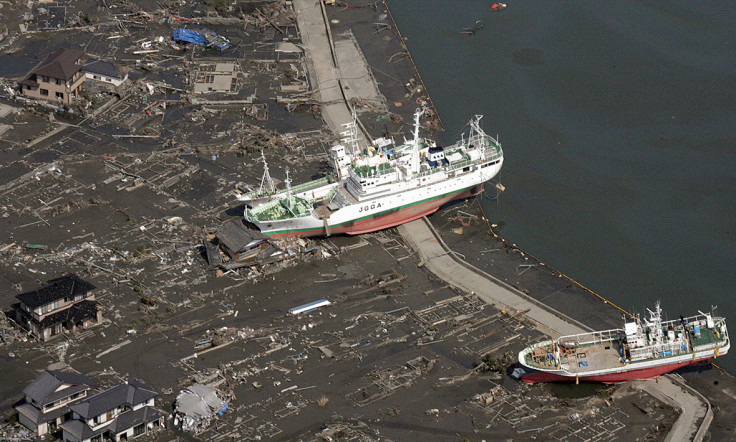
2012 - London Olympics
More than 150 million tweets were sent during the 2012 London Olympics. Usain Bolt's 200m win caused the biggest conversation spike, leading to more than 80,000 tweets per minute. The Jamaican gold medallist also took home the prize for being the most discussed athlete of the Games, garnering more than a million tweets directed at @UsainBolt. The Spice Girls' closing ceremony performance was also a highlight, racking up 116,000 tweets per minute.
We are Olympic gold Medalists!!!!!!!! #fb pic.twitter.com/IuVUj7Qb
— Alex Morgan (@alexmorgan13) August 9, 2012
2013 - Boston Marathon bombing
Twitter became an invaluable tool for journalists when two bombs shook the Boston Marathon on 15 April 2013. Just seconds after the explosions hit at 2.48pm ET, the first tweets were already being sent out from the scene, including dramatic footage of the aftermath. Over the coming days, Twitter played a key role in documenting both the blasts themselves and the subsequent manhunt that ensued, which eventually ended in the fatal shooting of one suspect and the capture of the other.
Police react in aftermath of explosion #bostonmarathon #boylstonst (John Tlumacki photo) pic.twitter.com/pfgPjcPZAZ
— Boston Globe Sports (@BGlobeSports) 15 April 2013
2014 - Ferguson unrest
After the fatal shooting of Michael Brown in Ferguson, Missouri in August 2014, Twitter became a key method of communicating what was happening during the heated clashes between police and protesters.
US authorities prevented mainstream media from reporting on events from the scene, so citizens and journalists instead took to live-tweeting video and updates to show the world what was going on in the US town. Others used Twitter to share advice on how to deal with police tactics, in particular their use of tear gas.
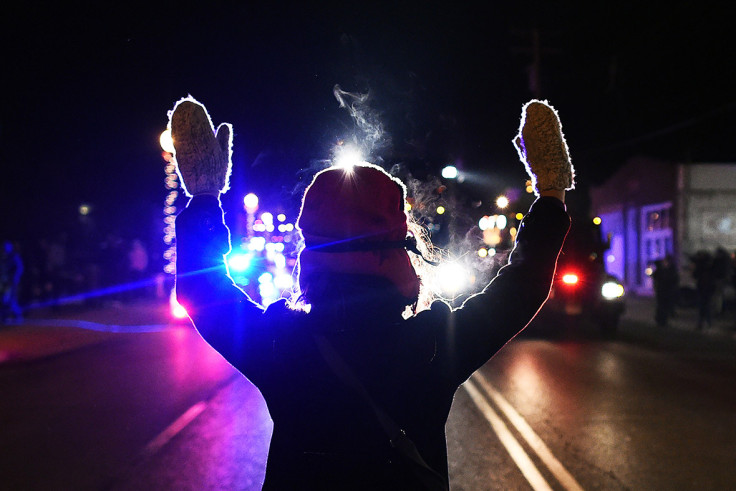
2015 - Paris attacks
The #JeSuisParis and #PrayForParis hashtags were the most used on Twitter in 2015. The expressions became synonymous with the two terrorist attacks in Paris in January and November 2015 which left more than 140 people dead, as people around the world united in support for the French people.
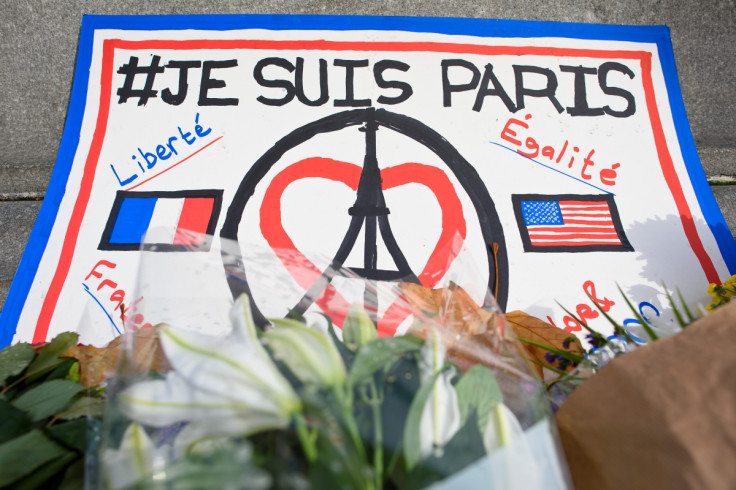
© Copyright IBTimes 2025. All rights reserved.






















